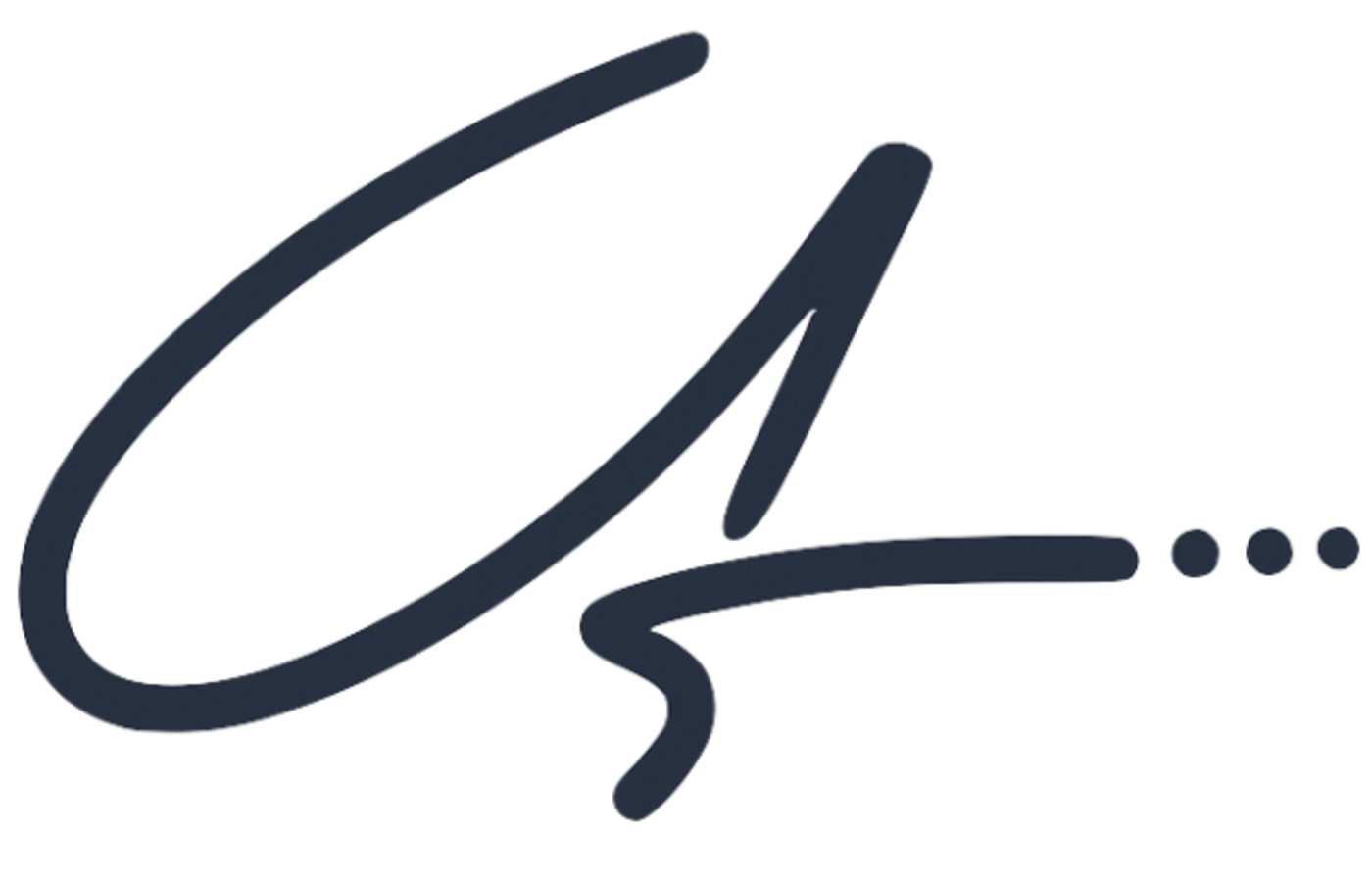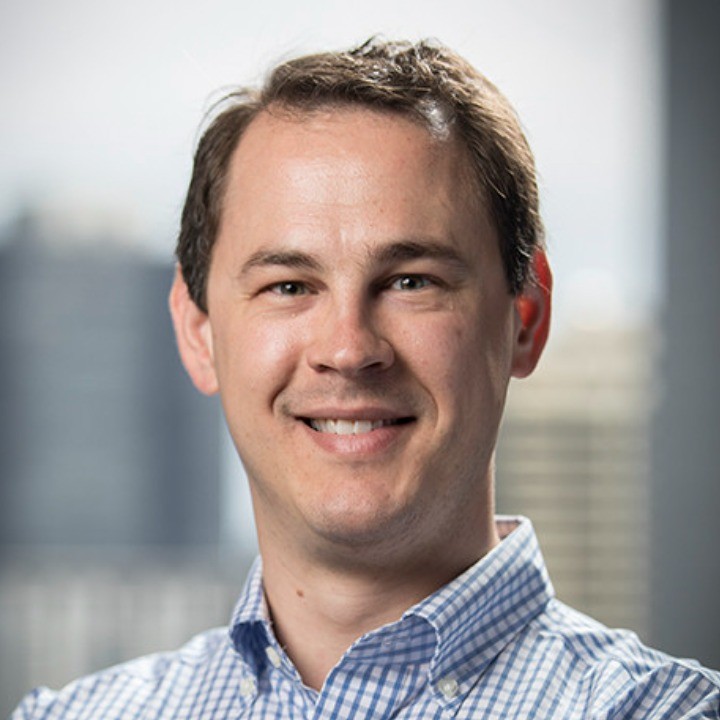I didn’t set out to become a strategist. I started my career as a chemical engineer, deep in the trenches of hard science and emerging technologies, before earning a JD and MBA and moving into roles that blended technology, markets, and policy. I worked with startups, growth-stage companies, and global enterprises working to commercialize breakthrough technologies and I noticed the same thing over and over again: brilliant executive making reactive decisions, not because they lacked capability, but because they lacked strategic clarity.
Over more than a decade working with dozens of cleantech and hardtech companies, I saw the same pattern repeat: leaders drowning in market noise, pouring scarce resources into urgent decisions that lacked strategic intent. They didn’t need more analysis — these were incredibly capable teams. What they needed was a way to cut through complexity to see the signal clearly. The reality is that strategic questions take time to answer, and in high-pressure environments, strategy almost always takes a backseat to day-to-day urgency.
The turning point for me wasn’t a single moment—it was the accumulation of watching brilliant founders trapped in a maze of noise, pressure, and advice that wasn’t built for their world. Then AI hit, and the internet was flooded with “10 frameworks every CEO uses,” “plug-and-play strategy templates,” and polished decks that said a lot but lacked substance. That doesn't work for cleantech or hardtech — it doesn't reflect the reality of capital intensity, technical validation, policy dependencies, long sales cycles, or multi-actor markets. That’s when it clicked: the problem wasn’t that founders lacked frameworks. It was that they lacked a way to cut through the noise to find clarity fast. Real strategy isn’t built on templates; it is guided by purpose and crafted through asking the right questions. AI accelerated the work, but experience and judgment shape the direction. That blend is what AC Strategy Group was built on.
At AC Strategy Group, we help cleantech and hardtech leaders navigate complex, unforgiving markets without the overhead of traditional consulting. We don’t force-fit generic frameworks or produce theoretical roadmaps that gather dust. We use the right tools at the right moments, asking the right questions in the right order to uncover what actually drives leverage in your market. Our work centers on what matters most: clarity of direction, coherence of choices, and decision frameworks that turn strategy into execution. When AI can accelerate the analysis, we use it as a force multiplier; but never a substitute for real strategic judgment.
Today, I work exclusively with growth-stage leaders in cleantech and hardtech — companies with real traction, real customers, and real stakes. I’ve lived the pressure of raising capital, building first-of-a-kind technologies, and selling to skeptical buyers in industries where timelines are long and markets are unforgiving. My goal is simple: to help founders find clarity faster, move with confidence, and lead with conviction as they scale. If you’re at a strategic inflection point, I’ve likely helped someone navigate a similar path — and I’d be honored to help you do the same.
My approach is different by design: no generic consulting frameworks, no six-month strategy projects that slow you down. Instead, I focus on rapid strategic diagnostics, validated 90-day roadmaps, and decision frameworks you can use from day one. And where it accelerates the work, I integrate AI-enabled analysis and automation — not as a gimmick, but as a force multiplier that helps you think faster and execute with confidence. Because strategy shouldn’t take longer than execution. It should clear the path for you to lead.



